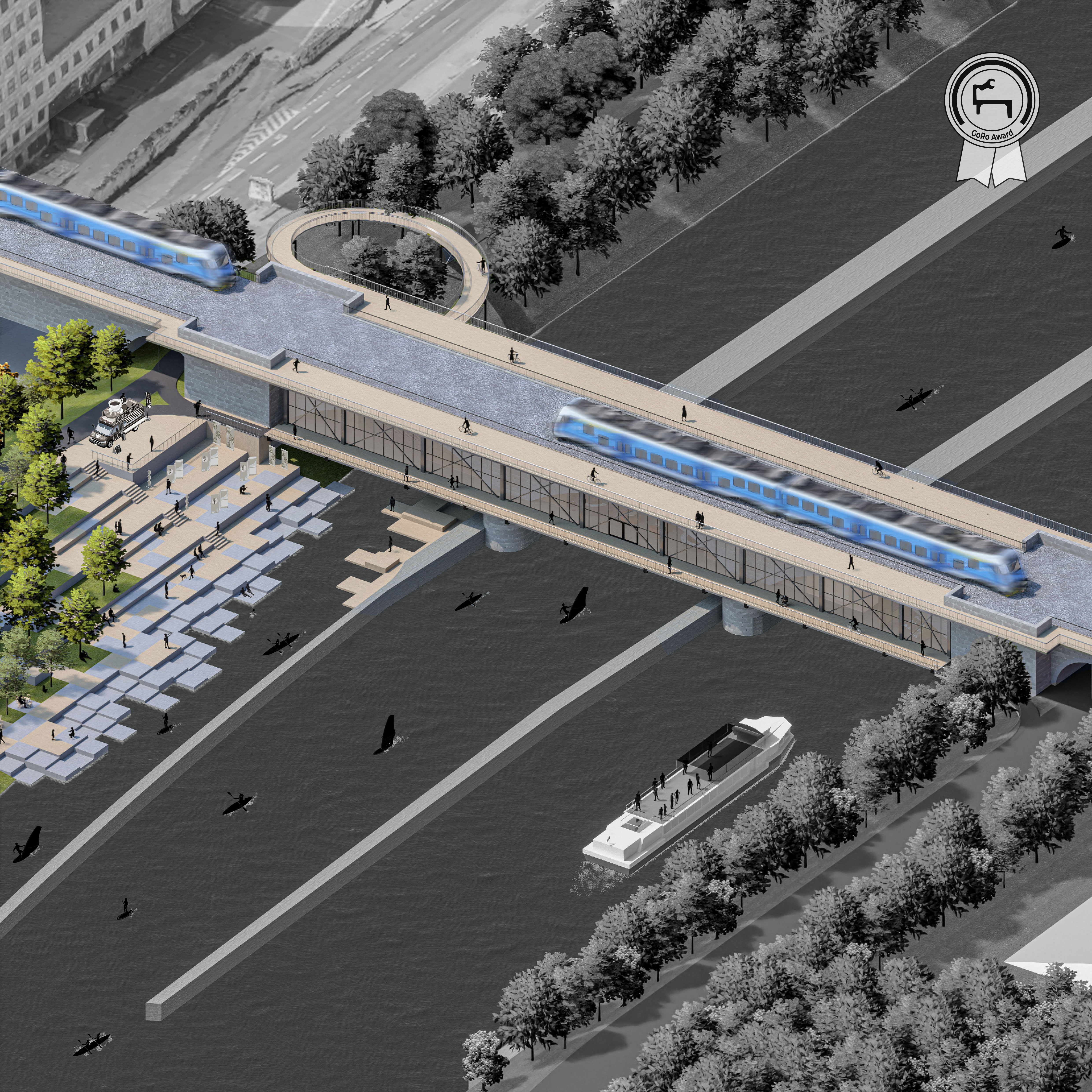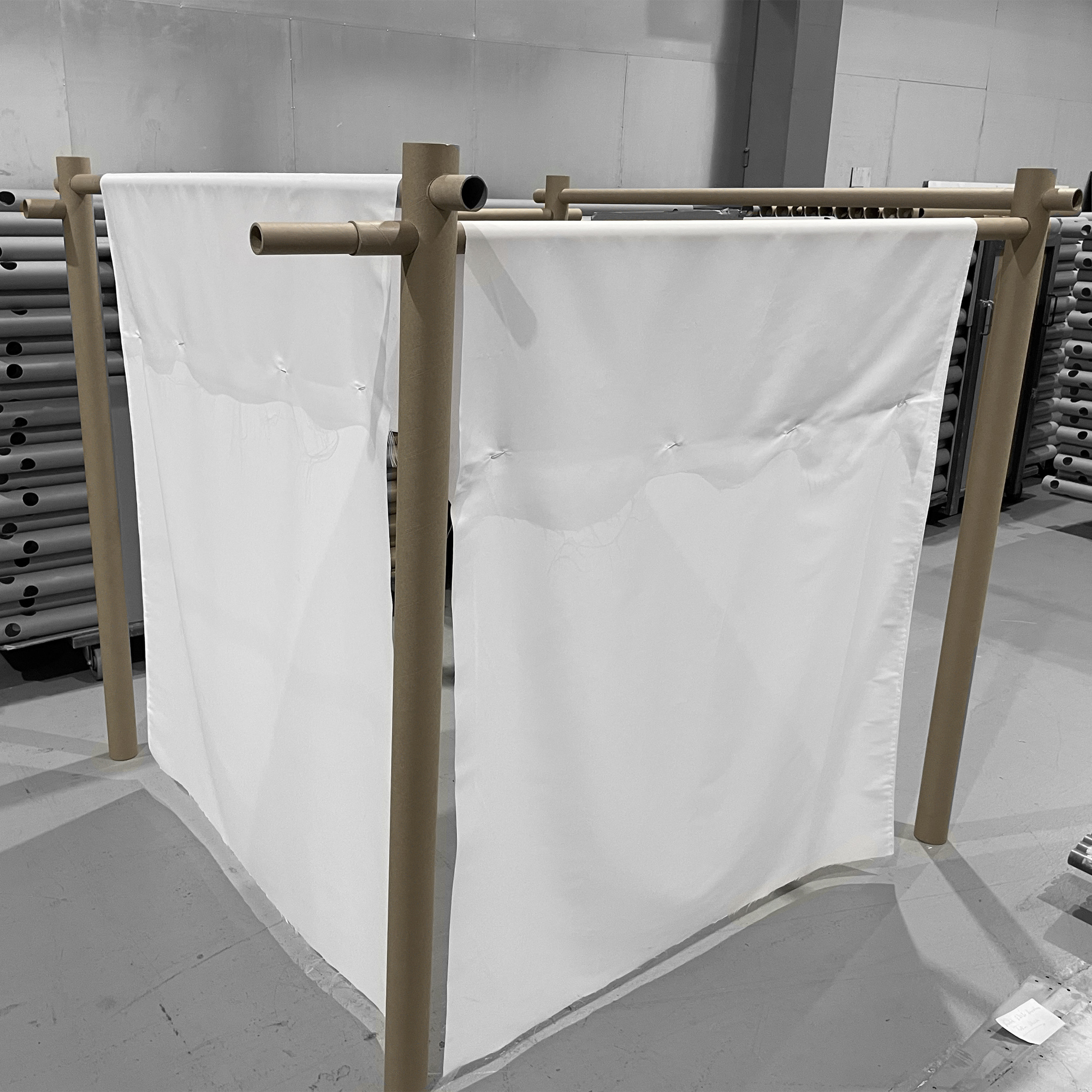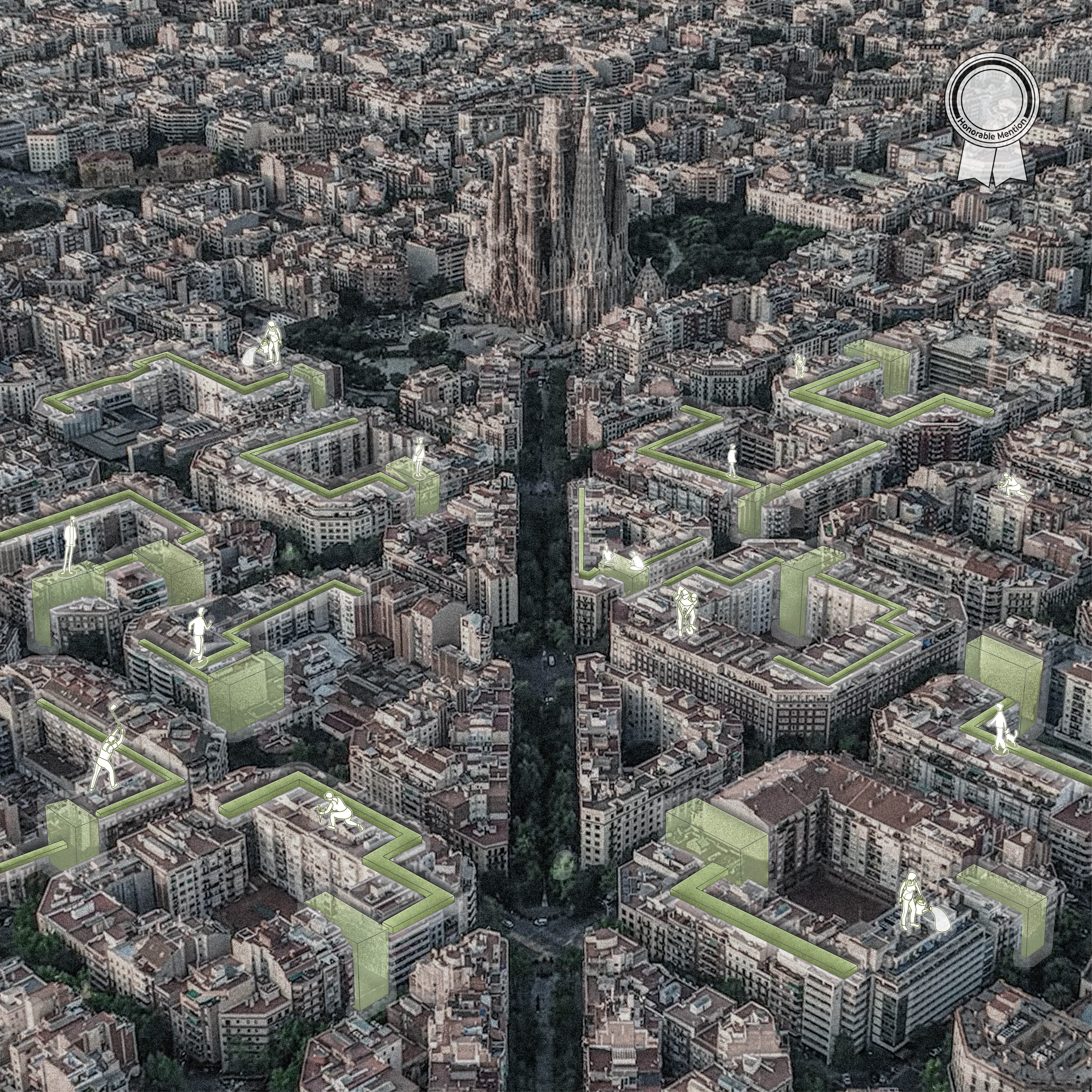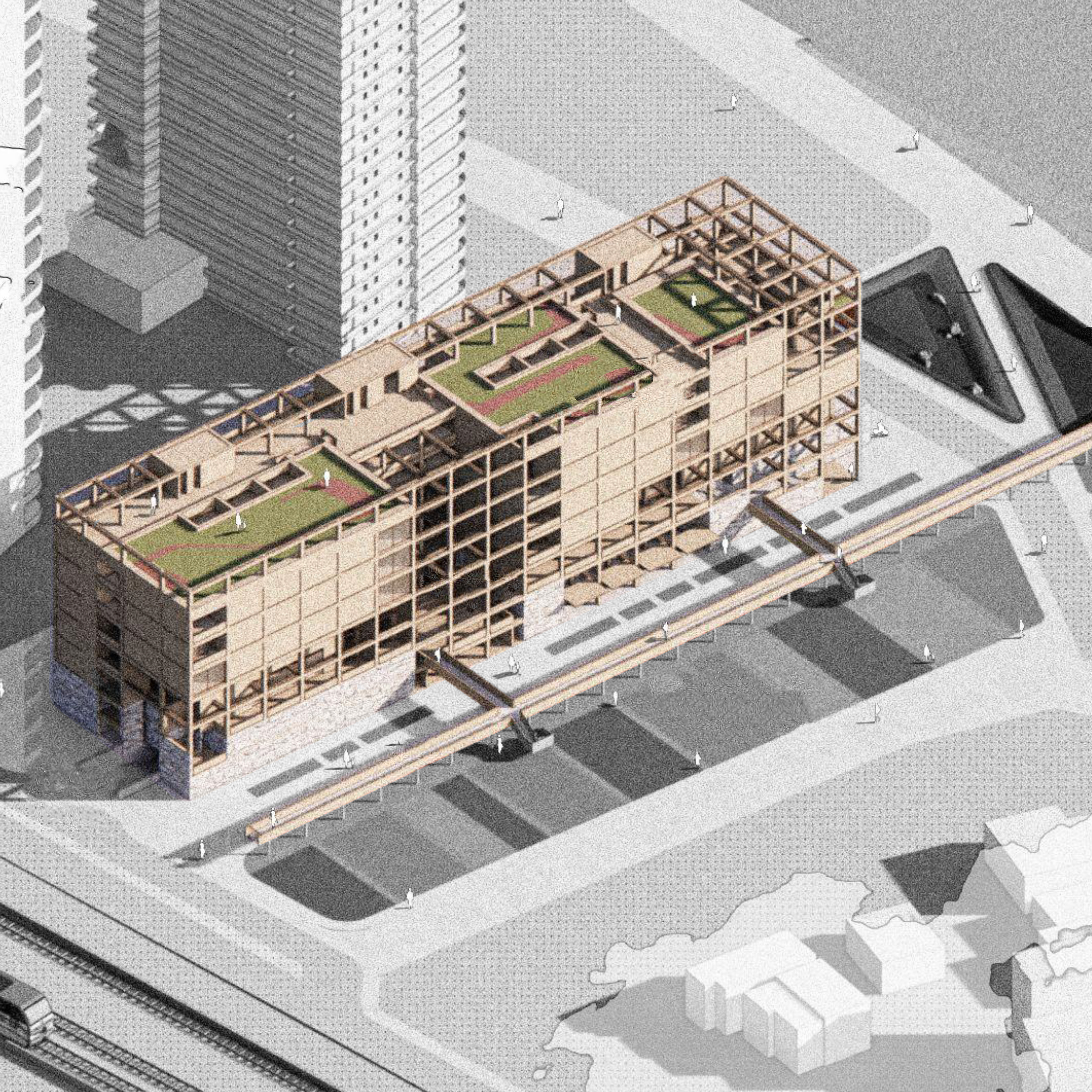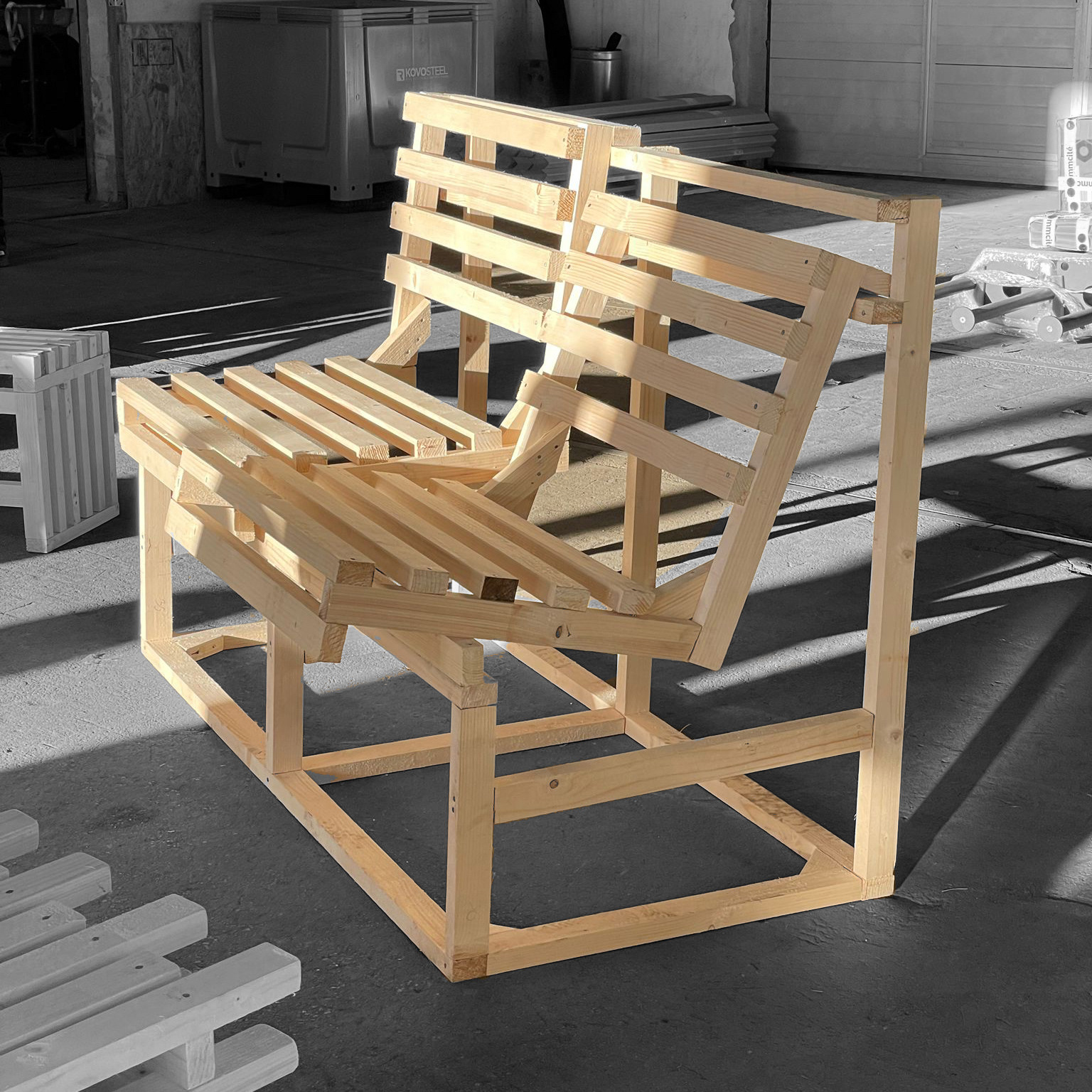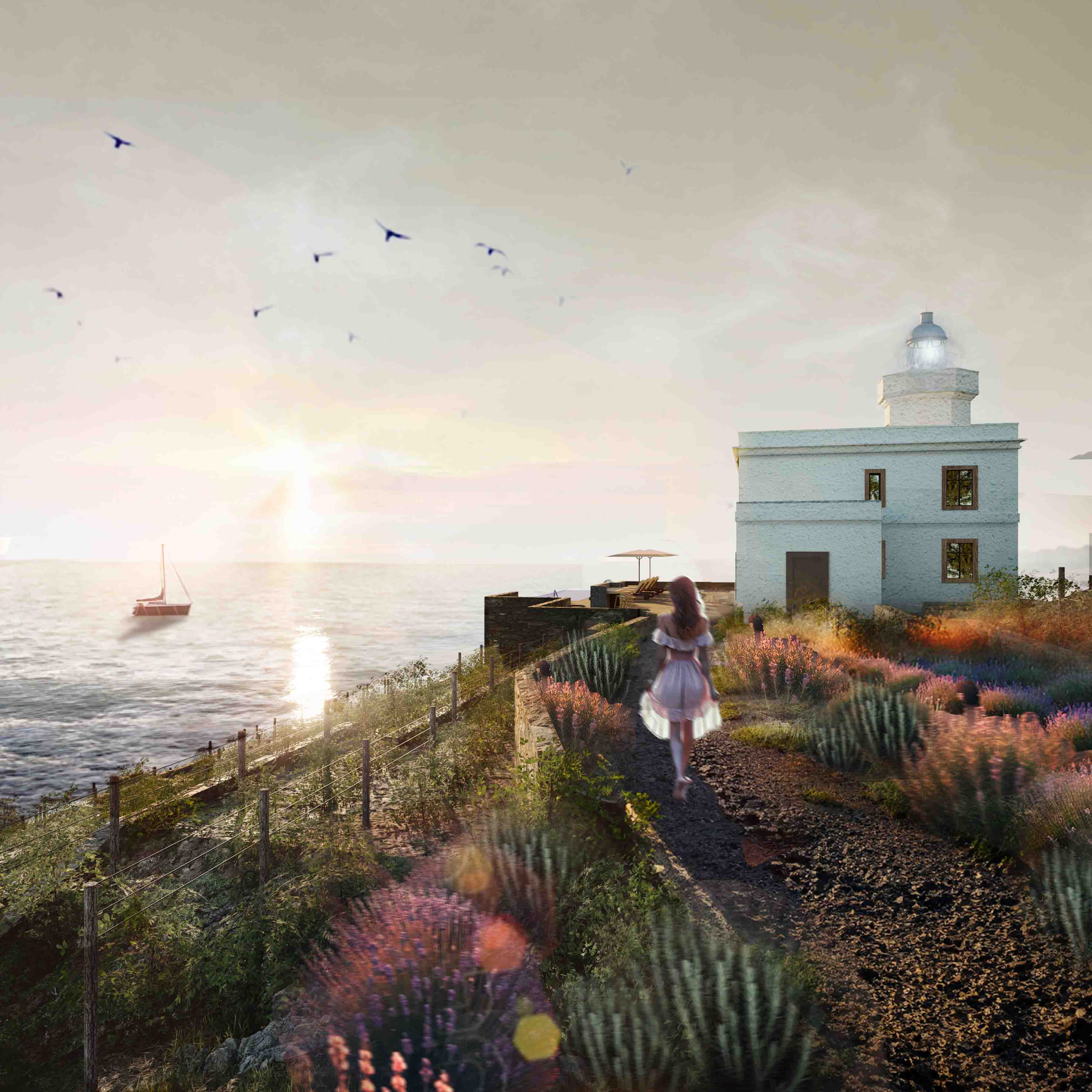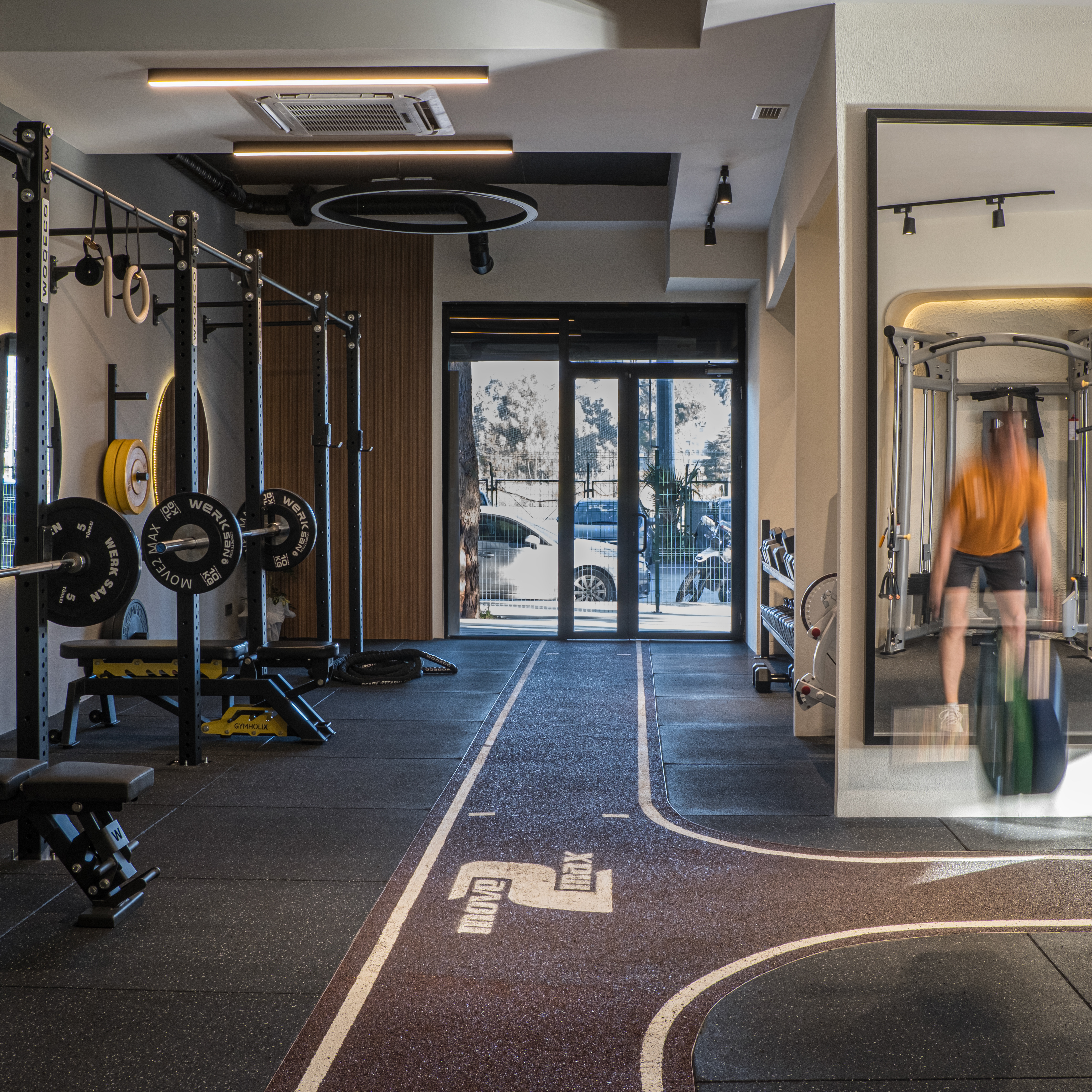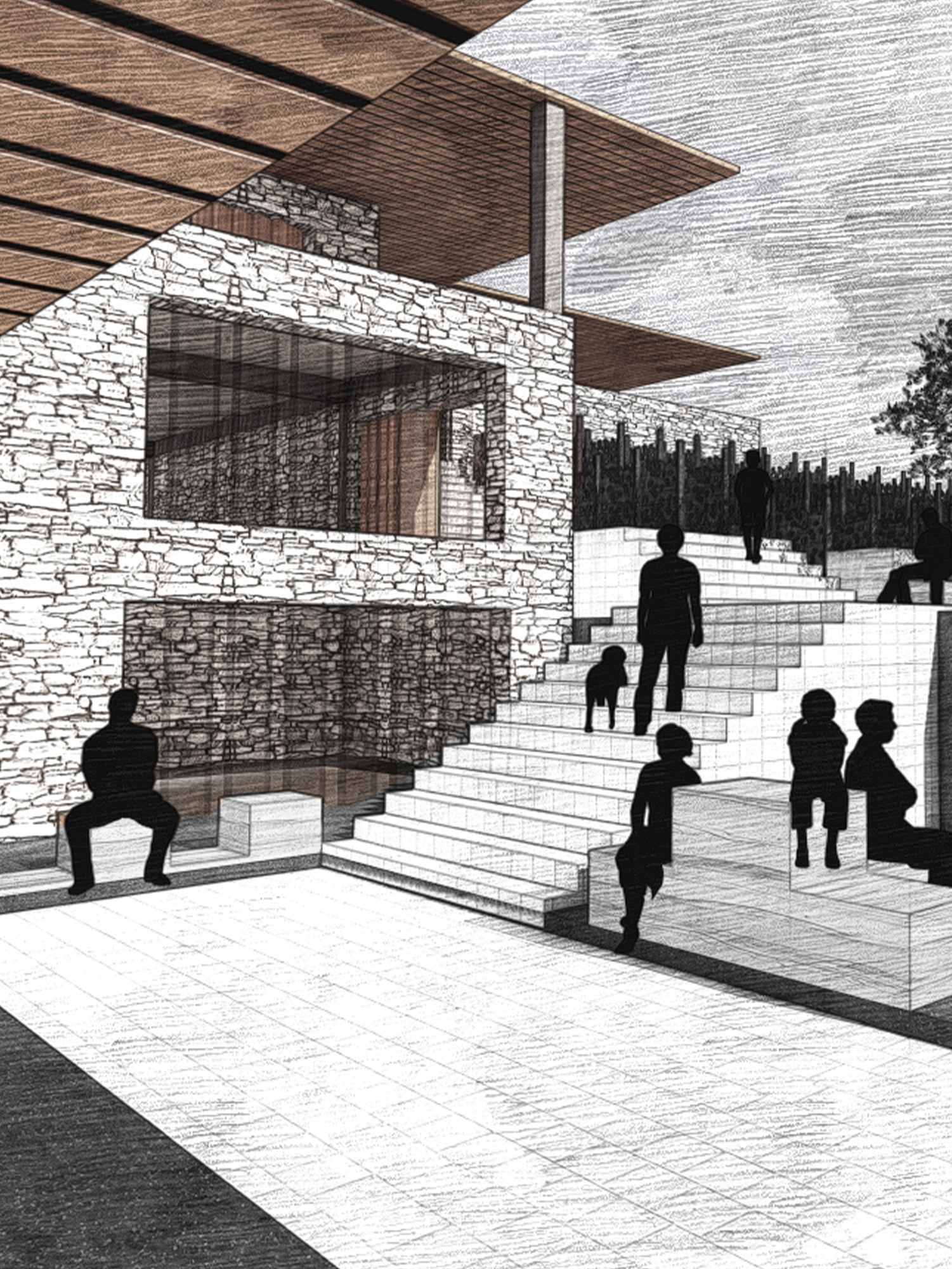Derived from the Latin root “nectere”, meaning “to bind, to connect,” Nexus encapsulates the project's core conceptual approach through a multifaceted metaphor. More than just a housing solution, Nexus is a system that forges strong relationships within the urban fabric, offering a flexible and sustainable model that integrates individuals, cities, and spatial structures. It provides an opportunity for migrants and those struggling with housing to establish direct connections with the city, while modular housing units foster new social bonds. Structurally, these micro-homes are anchored to viaduct beams with steel cables, transforming viaducts from mere transportation infrastructures into active living spaces. Nexus serves as a transformative mechanism that redefines urban strategies for the future—operating independently of traditional infrastructure while reinforcing social and physical connections through architecture.
Migration, Urban Transformation, and the Nexus Model
Throughout history, migration has been a key factor in shaping societies, economies, and cities. However, contemporary migration patterns are no longer driven solely by the pursuit of economic opportunities. Wars, human rights violations, climate change, economic crises, and social inequalities are forcing millions of people to leave their homes. These waves of forced migration disrupt the social and economic balance of cities on a global scale while also placing a significant burden on urban infrastructure. In traditional migration patterns, relocation to rural areas was a viable option. However, modern migrants tend to settle in major cities due to the need for access to employment, education, and healthcare services. Yet, large urban centers lack a planned expansion model that can accommodate this rapidly growing population. Housing supply fails to meet demand, rental prices soar, and transportation and infrastructure services become increasingly inadequate. As a result, migrants and low-income groups are often pushed to the periphery, unable to secure housing in city centers. At this point, Nexus emerges as an alternative model that provides housing solutions without overburdening existing urban infrastructure. The project aims to transform underutilized spaces in city centers to offer a sustainable response to the housing crisis triggered by large-scale migration waves. Viaduct underpasses, often overlooked yet holding immense potential within urban areas, serve as a key site for this intervention. With their pre-existing structural support, viaducts offer an ideal framework for integrating modular housing units through suspended systems. Nexus seeks to repurpose these spaces by utilizing lightweight wooden modules suspended from viaduct beams with steel cables, creating off-grid living environments within the urban fabric.
Throughout history, migration has been a key factor in shaping societies, economies, and cities. However, contemporary migration patterns are no longer driven solely by the pursuit of economic opportunities. Wars, human rights violations, climate change, economic crises, and social inequalities are forcing millions of people to leave their homes. These waves of forced migration disrupt the social and economic balance of cities on a global scale while also placing a significant burden on urban infrastructure. In traditional migration patterns, relocation to rural areas was a viable option. However, modern migrants tend to settle in major cities due to the need for access to employment, education, and healthcare services. Yet, large urban centers lack a planned expansion model that can accommodate this rapidly growing population. Housing supply fails to meet demand, rental prices soar, and transportation and infrastructure services become increasingly inadequate. As a result, migrants and low-income groups are often pushed to the periphery, unable to secure housing in city centers. At this point, Nexus emerges as an alternative model that provides housing solutions without overburdening existing urban infrastructure. The project aims to transform underutilized spaces in city centers to offer a sustainable response to the housing crisis triggered by large-scale migration waves. Viaduct underpasses, often overlooked yet holding immense potential within urban areas, serve as a key site for this intervention. With their pre-existing structural support, viaducts offer an ideal framework for integrating modular housing units through suspended systems. Nexus seeks to repurpose these spaces by utilizing lightweight wooden modules suspended from viaduct beams with steel cables, creating off-grid living environments within the urban fabric.
Rethinking Off-Grid Living in the Urban Context Nexus
challenges the notion that off-grid living is limited to rural areas by adapting it to urban environments. While traditionally associated with nature, Nexus repurposes viaduct underpasses as alternative housing, redefining off-grid systems within the city. Using girder viaducts for their high load capacity and regular spans, the project anchors modular housing units to the beams with steel cables, allowing easy adaptation to various urban locations. Operating independently of city infrastructure, Nexus integrates piezoelectric modules that convert vehicle vibrations into electricity, rainwater filtration and greywater recycling for water management, and compact waste treatment systems that turn waste into compost. To mitigate pollution and enhance living conditions, Nexus incorporates vertical green walls and micro-habitats, providing natural insulation and air filtration. Ultimately, this self-sufficient, adaptable system transforms viaducts into sustainable urban housing, offering an innovative response to the housing crisis.
challenges the notion that off-grid living is limited to rural areas by adapting it to urban environments. While traditionally associated with nature, Nexus repurposes viaduct underpasses as alternative housing, redefining off-grid systems within the city. Using girder viaducts for their high load capacity and regular spans, the project anchors modular housing units to the beams with steel cables, allowing easy adaptation to various urban locations. Operating independently of city infrastructure, Nexus integrates piezoelectric modules that convert vehicle vibrations into electricity, rainwater filtration and greywater recycling for water management, and compact waste treatment systems that turn waste into compost. To mitigate pollution and enhance living conditions, Nexus incorporates vertical green walls and micro-habitats, providing natural insulation and air filtration. Ultimately, this self-sufficient, adaptable system transforms viaducts into sustainable urban housing, offering an innovative response to the housing crisis.
A Flexible and Customizable Living Model
Nexus is designed as a modular housing system that divides 25 m² living units into 5 m² modules, allowing users to create different configurations based on their needs. These modules include a kitchen, living area, entrance & multi-purpose storage, bedroom & adaptable space, and bathroom. All modules are constructed from Laminated Veneer Lumber (LVL), a lightweight yet durable material that supports prefabrication and promotes environmental sustainability. The modules are suspended from viaduct beams using a steel cable system with steel frame connectors, ensuring structural stability. Residents can move into units tailored to their preferred configuration, while previously vacated modules can be repurposed for new users. To maximize space efficiency and functionality, the interior incorporates flexible partition walls, foldable furniture, and vertical storage systems, creating a compact yet adaptable living environment.
Nexus is designed as a modular housing system that divides 25 m² living units into 5 m² modules, allowing users to create different configurations based on their needs. These modules include a kitchen, living area, entrance & multi-purpose storage, bedroom & adaptable space, and bathroom. All modules are constructed from Laminated Veneer Lumber (LVL), a lightweight yet durable material that supports prefabrication and promotes environmental sustainability. The modules are suspended from viaduct beams using a steel cable system with steel frame connectors, ensuring structural stability. Residents can move into units tailored to their preferred configuration, while previously vacated modules can be repurposed for new users. To maximize space efficiency and functionality, the interior incorporates flexible partition walls, foldable furniture, and vertical storage systems, creating a compact yet adaptable living environment.
Adaptive Urban Living for Inclusive Cities
More than just a housing solution, Nexus prevents urban spaces from becoming obsolete while fostering a new social fabric. By transforming viaduct underpasses into safe, sustainable, and accessible housing, it enables migrants and low-income groups to establish stronger connections with the city. In doing so, Nexus not only facilitates social integration but also pioneers a more inclusive urban housing model. Designed as a cyclical system, Nexus ensures adaptability and sustainability through three key phases: (1) Assembly and Reuse – Pre-fabricated modular units are quickly installed and secured to viaduct beams with steel cables, then disassembled and repurposed when needed. (2) User Access and Economic Model – Residents move in with periodic payments, and once they leave, the units are reassigned. (3) Adaptation and Evolution – The system continuously adjusts to new users and changing needs, allowing flexible reconfiguration of living spaces. This adaptable framework ensures that urban housing remains responsive, resilient, and accessible to those in need.
More than just a housing solution, Nexus prevents urban spaces from becoming obsolete while fostering a new social fabric. By transforming viaduct underpasses into safe, sustainable, and accessible housing, it enables migrants and low-income groups to establish stronger connections with the city. In doing so, Nexus not only facilitates social integration but also pioneers a more inclusive urban housing model. Designed as a cyclical system, Nexus ensures adaptability and sustainability through three key phases: (1) Assembly and Reuse – Pre-fabricated modular units are quickly installed and secured to viaduct beams with steel cables, then disassembled and repurposed when needed. (2) User Access and Economic Model – Residents move in with periodic payments, and once they leave, the units are reassigned. (3) Adaptation and Evolution – The system continuously adjusts to new users and changing needs, allowing flexible reconfiguration of living spaces. This adaptable framework ensures that urban housing remains responsive, resilient, and accessible to those in need.
